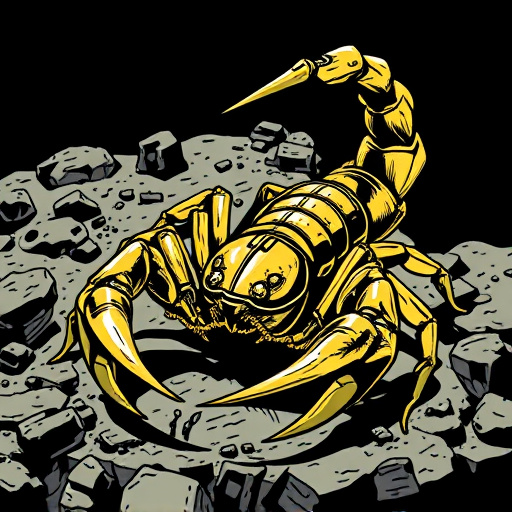Scorpion infestations often go unnoticed until signs of activity appear. Look for droppings, a unique smell, structural damage, and hidden scorpions as indicators. Regular inspections, especially in known habitats, are key to early detection and successful scorpion control using professional services.
Spotting signs of a scorpion infestation is crucial for effective scorpion control. This guide helps you navigate the process by recognizing scorpion activity and understanding their behavior and habitat. Learn to identify subtle clues that indicate their presence, enabling prompt action to mitigate risks and maintain a pest-free environment. With an understanding of these key aspects, you’ll be better equipped to handle and prevent future infestations.
Recognizing Scorpion Activity

Scorpion infestations can be difficult to detect, as these pests are often nocturnal and spend much of their time hidden away. However, recognizing scorpion activity is crucial for effective scorpion control. One of the most obvious signs is the presence of droppings, which resemble small, dark pellets and may be found in corners, behind appliances, or under furniture. Another indicator is a distinctive scent, described as a mix between ammonia and vinegar, which can be detected by humans but often goes unnoticed by pets.
Keep an eye out for damage caused by scorpions to walls, floors, and ceilings. They tend to leave noticeable tracks due to their sharp claws and stings, which can weaken structural materials over time. Additionally, live or dead scorpions may be spotted scurrying across floors or hiding in cracks and crevices. Regular inspections, especially in areas with known scorpion habitats like dark, secluded spaces, can help identify these pests early on, making scorpion control measures more effective.
Understanding Scorpion Behavior and Habitat

Scorpions are nocturnal creatures that prefer dark, secluded areas, making them adept at hiding. To spot an infestation, understanding their behavior and habitat is key. During the day, scorpions seek shelter in cracks, crevices, and voids, such as behind appliances, beneath carpets, or inside walls. At night, they emerge to hunt for food and mate. They are primarily attracted to areas with abundant food sources, like insects and other small creatures, and water, which they require for survival.
Knowledge of scorpion behavior also aids in effective scorpion control. As territorial creatures, their presence often indicates a larger colony nearby. If you spot one scorpion, it’s advisable to consult professional pest control services for an extensive inspection and treatment plan. This proactive approach is crucial in mitigating the risks associated with scorpion infestations, ensuring your home remains a safe haven.
If you suspect a scorpion infestation, understanding their behavior and recognizing signs of activity is key. By identifying where they dwell and how they move, you can take proactive steps towards scorpion control. Regular inspections and prompt action can help mitigate these dangerous pests, ensuring a safer living environment. Remember, early detection is crucial in the battle against scorpions.
